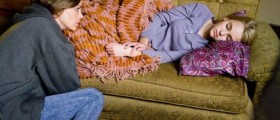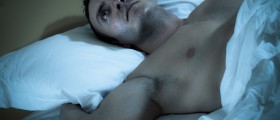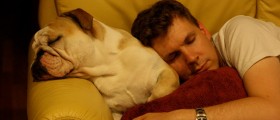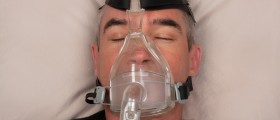
Overview of Narcolepsy
Narcolepsy is a physiological disorder in which sleep patterns are disturbed. Narcolepsy is particularly characteristic by the inability to control the onset and offset of sleep. The causes of the disorder are genetic and its nature is not progressive. The first signs of narcolepsy appear during teenage years and usually last for a lifetime. Diagnosing narcolepsy is relatively easy and requires the history of symptoms and a physical test. Also, medical care professionals will look for short sleep disruptions and whether or not the REM sleep is present during naps.Features of Narcolepsy
There are four distinct features of the disorder including feeling very sleepy during the day, sleep paralysis, cataplexy, and hypnagogic hallucinations. Individuals who suffer from narcolepsy may feel so sleepy during the day that their normal functioning is endangered despite sleeping regularly at night. The urge to fall asleep is so strong that the time and place play no role i.e. the affected person may fall asleep in the middle of a conversation. Sleep paralysis is characterized by the inability to move before one is ready to fall asleep of after waking up. This state usually lasts for a couple of minutes. Cataplexy is manifested by a sudden lowering of the muscle tone while still remaining aware and conscious. It is not uncommon for those who are affected by cataplexy to abruptly fall to the ground. Although sudden, cataplexy lasts less than a minute. Lastly, persons suffering from narcolepsy sometimes experience hypnagogic hallucinations, dreams which appear so real that it is difficult to distinguish them from reality.Epilepsy and Narcolepsy Relation
Individuals who are suffering from epilepsy are also prone to sleep problems. Seizures often interfere with sleeping patterns and adversely affect different stages of sleep. Numerous studies have shown that those who experience strong seizures during the night sleep for shorter periods of time, take much longer to fall asleep, and have shorter REM, and longer NREM sleep. The sleeping patterns are far less disturbed in instances of milder seizures. On the other hand, multiple mild seizures do disturb REM sleep, but do not decrease total sleep time. Other independent studies confirmed that seizures suppress REM sleep while at the same time lowering the efficacy of sleep. Those who suffer from mild to moderate seizures at night are far sleepier during the day. Further, experiencing frequent daytime fits also contributes to sleep problems. Mainly, the affected individuals spend less time in REM sleep and have longer REM sleep disturbances. Research has also demonstrated that persons who are epileptic but do not have seizures during the night also have sleep problems. Most often they do not sleep that effectively, wake up during the night from different stages of sleep, and have more difficulties in falling asleep. It should be noted that patients who are diagnosed with epilepsy in its early stages react positively to carbamazepine during the period of 30 days and have less sleep problems.How to Live With Epilepsy
Persons suffering from epilepsy can live normal lives if they strictly follow their doctor’s advice and take medications as prescribed and on time. Another very important aspect of dealing with epilepsy includes recognizing and staying away from triggers. For instance, those affected by epilepsy have seizures more frequently if they don’t get enough sleep. Taking care of the sleeping environment and the overall sleep hygiene improves the quality of sleep and subsequently reduces the number of seizures. It is not uncommon for children with epilepsy to have food allergies as triggers so the parents have to make sure the child is taught which food are allowed and which are not to be consumed. Other very common triggers are drugs and alcohol, but some studies suggest that drinking in moderation does not necessarily cause seizures. If a person is sensitive to flashing lights certain video games and movies with strong special effects should be avoided. Other than staying away from triggers, clinicians also recommend practicing relaxation techniques. For instance, meditation and breathing exercises are known to reduce anxiety which can sometimes lead to seizures. As is the case with dealing with many chronic conditions or disorders, regular physical activity always plays a substantial part. Anti-convulsion drugs reduce bone density after prolonged periods of time so weight training is a good choice of exercise for epileptic individuals. Another common side effect of long term medications is weight loss which can relatively easily be kept in check with regular physical activities. It has been suggested that exercise can trigger seizures but such occurrences are uncommon. Anyone who fears working out is advised to speak to the primary health care provider and choose the safest regimen. Yoga has been proven as particularly helpful as it builds the muscles and teaches relaxation. There have even been clinical trials measuring the effects of yoga on recurring seizures.
















Your thoughts on this
Loading...